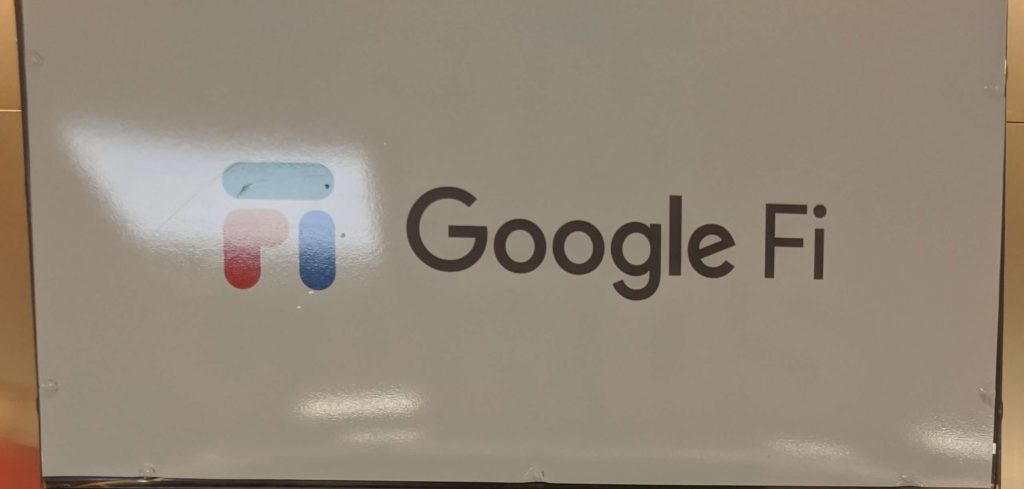June 23, 2020

Since the internet is at the helm of affairs today- and google is the big boy in the industry- a majority of people find themselves in circumference, with google as the epicenter.
For instance, Google already makes the operating system that powers our phones, and for some people, the phone itself. Not to mention its superpower search engine.
However, even though it won’t be out of place to conclude that Google is already in the skies, Google -as a company- isn’t laying its bed.
They are up to something more. Something more such as Google Fi.
If you can get past its freaky name (Google Fi? What on earth…), you would find a store full of gold awaiting you in this project. In this article, we would explore this store- even to its inner crevices.
Ready?
To begin with, let’s talk about the basics of Google Fi- or Project Fi, or whatever you choose to call it.
In 2015, Project Fi was launched by Google. Google announced it to be a mobile virtual network operator(MVNO).
Fast forward three years later. In 2018, Google announced that the project had been brought directly under Google branding as ‘Google Fi’.
As previously stated, Google Fi is an MVNO.
Relax, we aren’t going all-out techy here.
MVNO is just a fancy name for an entity that lets you access a wireless network service- without them owning an infrastructure.
Technically, you can call Google Fi a ‘middle man’.
They have access to the ‘real network providers’- you don’t. So, they tap into the actual network provider’s stream of waves and then redirect it to you- repackaging it under their brand.
Most phones. Ranging from Google’s Pixel series to iPhones and Androids, Google Fi’s reach is broad.
Do iPhones emit radiation when on Google Fi?
Yes.
However, such radiation is super-low in energy. So, it can’t cause harm to you.
Here’s the fun part.
Google Fi is not affiliated with a single network. It uses multiple of them.
Imagine being able to switch between several network providers depending on their current network speeds.
With Google Fi, you can. And, this is the distinguishing factor. In the U.S, Fi uses a combination of Sprint, T-Mobile, and U.S Cellular.
Automatically.
On your end, you see that your phone is connected to Google Fi. However, behind the scenes, your Fi connection is constantly seeking out the best network for you- automatically and silently.
This is the drill: Google also incorporates public Wi-Fi in its service. So, once you are in the range of a Wi-Fi that Google deems ‘high-quality and reliable’, your connection switches over in a matter of seconds.
Whether or not Fi would fit in your budget, is totally up to you- and your data consumption rate.
Google Fi tends to be best for people who use a minimal amount of mobile data in a month. Say, a few Gigs below 10-Gig. If as a person, you use lots and lots of gigs, it might not be the best plan for you.
Here’s how Google charges you:
For some people, Google Fi is a great deal. For others, it’s trash.
But then, it is left to you to make the decision.
Is it for you?

We accept phones that are re-financed or not paid off as long as they are not blacklisted.
Sell My Device
We accept devices in a variety of conditions, including damaged or even broken devices.
Sell My Device
5855 W Silver Spring Dr. Milwaukee WI 53218

(877) 835-1941
Business Hours
Monday to Friday - 9am to 9pm
Closed on Saturday, Sunday

North Oak Shopping Center 6810 W. North Ave Chicago, IL 60707

(773) 413-7087
Business Hours
Monday to Friday - 10am to 6pm
Closed on Saturday, Sunday

info@swifttechbuy.com